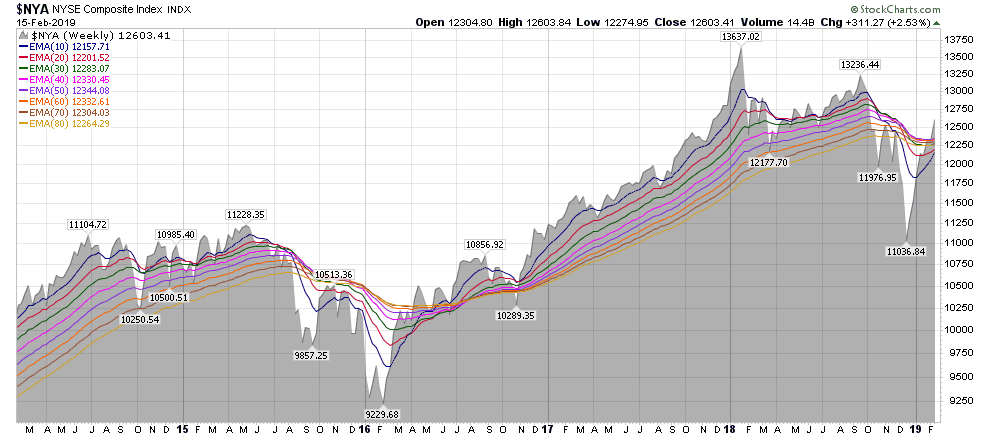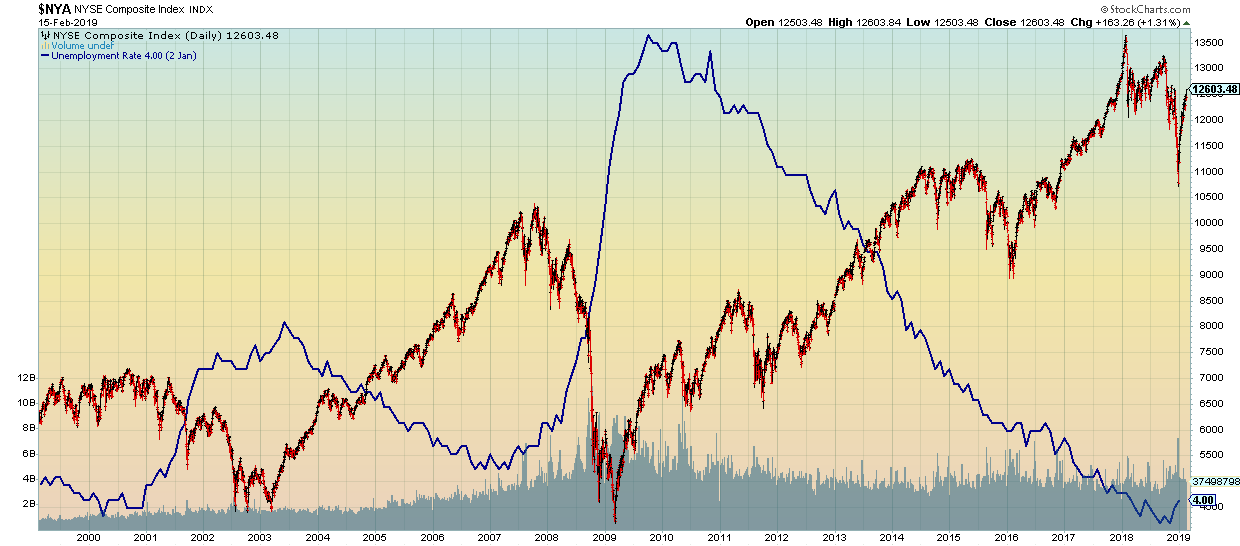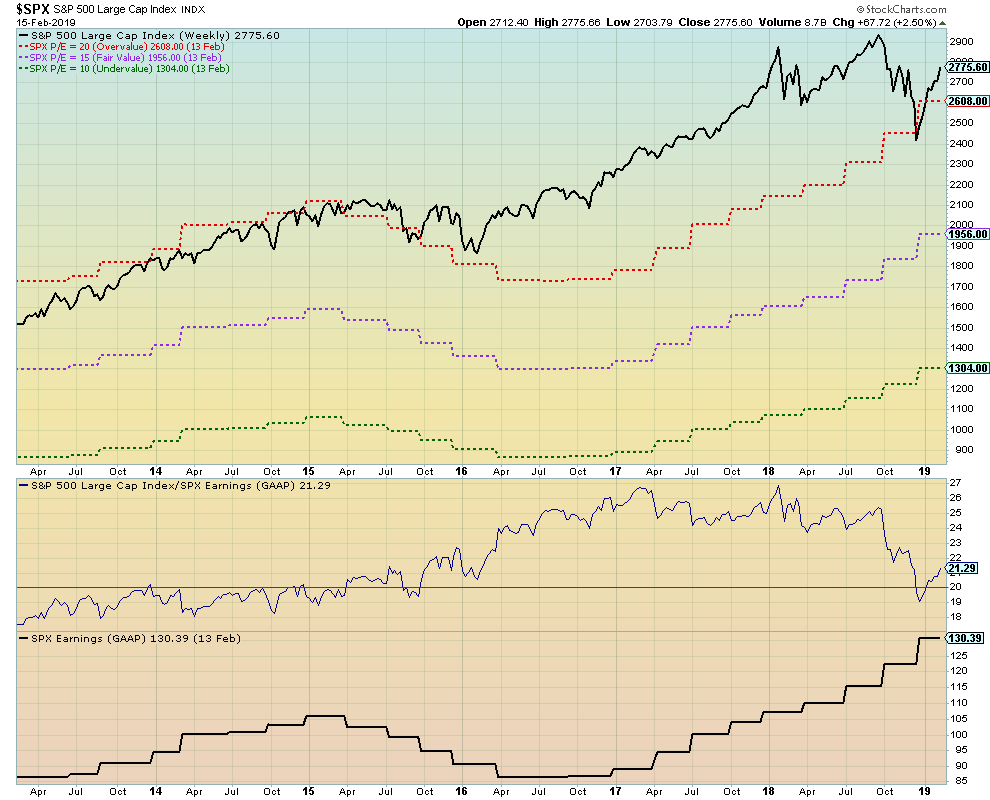 Life can be cruel if change happens and you miss the signs during the transition. I’ll offer up four examples with mild to toxic consequences: Weather, Science, Superstars and finally, the Stock Market.
Life can be cruel if change happens and you miss the signs during the transition. I’ll offer up four examples with mild to toxic consequences: Weather, Science, Superstars and finally, the Stock Market.
Pretty much everyone is aware of the predictable and abrupt shift in the weather as the temperature nears 32 degrees Fahrenheit. We’ve mastered the concept of water-to-ice and rain-to-snow when the thermostat approaches 32 degrees. It’s predictable and requires that we adjust our behavior.
Similarly, scientists know that magnets work as intended until you heat them. An abrupt change occurs at 570 degrees. Magnetism disappears. It’s predictable and calls for a change in their application.
With superstars, be they star sports athletes or stellar mutual fund managers, few ever retire at the top of their game. Whether they begin to believe their own legends or whatever other reasons, their transformations can be tracked by softening statistics or increasing losses and relative underperformance. It’s left to athletic team managers and investors to closely monitor these stars’ performances by applying the appropriate criteria and making the necessary changes.
Most laymen have mastered key weather transitions. Academics continue to explore ways to master transitions in science. As investors, the stock market transitions present a vexing challenge for most when, in fact, I believe there is no need for unnecessary financial pain. I am not claiming that all market volatility is predictable, but I maintain that the major stock market realignments — bullish markets to bearish markets, uptrending markets to downtrending markets — do not abruptly shift in the same manner as the weather or heated magnets.
The stock market is not a binary on/off switch. It’s more of a sliding transition. First and foremost, you, as an investor, need a fundamental understanding of what to focus on and the criteria to use. I’ll present the approach we use in two parts:
a) The first question is straightforward: What is the trend of the market?
b) Secondly, what is the balance of fundamental evidence pertaining to the present market?
In the Tensile Trading ChartPack, which Grayson and I use everyday (and make available to you), there are three ChartLists titled “Permission to Buy” — these are 10.1, 10.2 and 10.3. Together all three offer a detailed answer to the essential question of “What is the present trend of the stock market?”
A straightforward quick-take on trend is the result of reviewing the six charts in ChartList 10.1 which display the market in various timeframes (our telescope to microscope methodology) and include momentum as well. One chart, for example, is the Darryl Guppy Trend Trading methodology which deploys moving averages. Don’t overthink it. Remember, trends can only do one of three things:
- it can be in an uptrend
- it can be going sideways
- it can be in a downtrend
 The second part of our approach reviews the balance of fundamental evidence. We review these sixteen charts every week and simply note with a green highlighter if the chart is bullish. If the chart looks bearish, a red highlighter is used. It’s a powerful exercise that insulates us from all the hyperbole in the press, thereby preventing stupid knee-jerk trades.
The second part of our approach reviews the balance of fundamental evidence. We review these sixteen charts every week and simply note with a green highlighter if the chart is bullish. If the chart looks bearish, a red highlighter is used. It’s a powerful exercise that insulates us from all the hyperbole in the press, thereby preventing stupid knee-jerk trades.
These sixteen charts (we call ChartList 10.4 our Bullish & Bearish Dashboard) clearly present how stock markets have behaved historically based on sixteen essential fundamentals that drive the market — such as the unemployment rate, S&P 500 earnings, industrial production, etc. Herein lies the key: this review will give you the confidence to take the necessary appropriate action. It will give you the confidence to ignore normal market volatility until the balance of evidence points to a major transition from a bullish market to a bearish one. Remember that an ounce of the appropriate action is worth pounds of pontificating.
Here are three sample charts from ChartList 10.4 of our ChartPack:



In its most basic form, navigating transitions is simply 3 stages:
- Having the discipline to monitor for these transitions.
- Embracing organized routines that you execute consistently.
- Being confident enough to implement change.
Not only is it essential that you protect your assets and profits when markets transition, but research proves that this is “the secret” that’s contributed to the long term success of many legendary investors. They haven’t always outperformed the indexes during bull markets, but they have always minimized their losses during bear markets. Call it what you will (some label it market timing), but with specific routines it can be done successfully.
If learning how to achieve this effectively strikes you as worthy of your time, I'd like to invite you to join Grayson and I for two days in my very own trading office next week. We’ll teach you these and many other necessary disciplines to upgrade your investing skill set and realize your potential.
Fair warning: this will be our 4th Stock Market Mastery Boot Camp. It’s an intense interactive experience with a small group of twelve other investors. You will see results. We know for a fact that accumulating the appropriate stock market knowledge is directly correlated to the long term health and wealth of your portfolio. Come join us!
Trade well; trade with discipline!
- Gatis Roze, MBA, CMT
- Author, Tensile Trading: The 10 Essential Stages of Stock Market Mastery (Wiley, 2016)
- Presenter of the best-selling Tensile Trading DVD seminar
- Presenter of the How to Master Your Asset Allocation Profile DVD seminar
- Developer of the StockCharts.com Tensile Trading ChartPack






